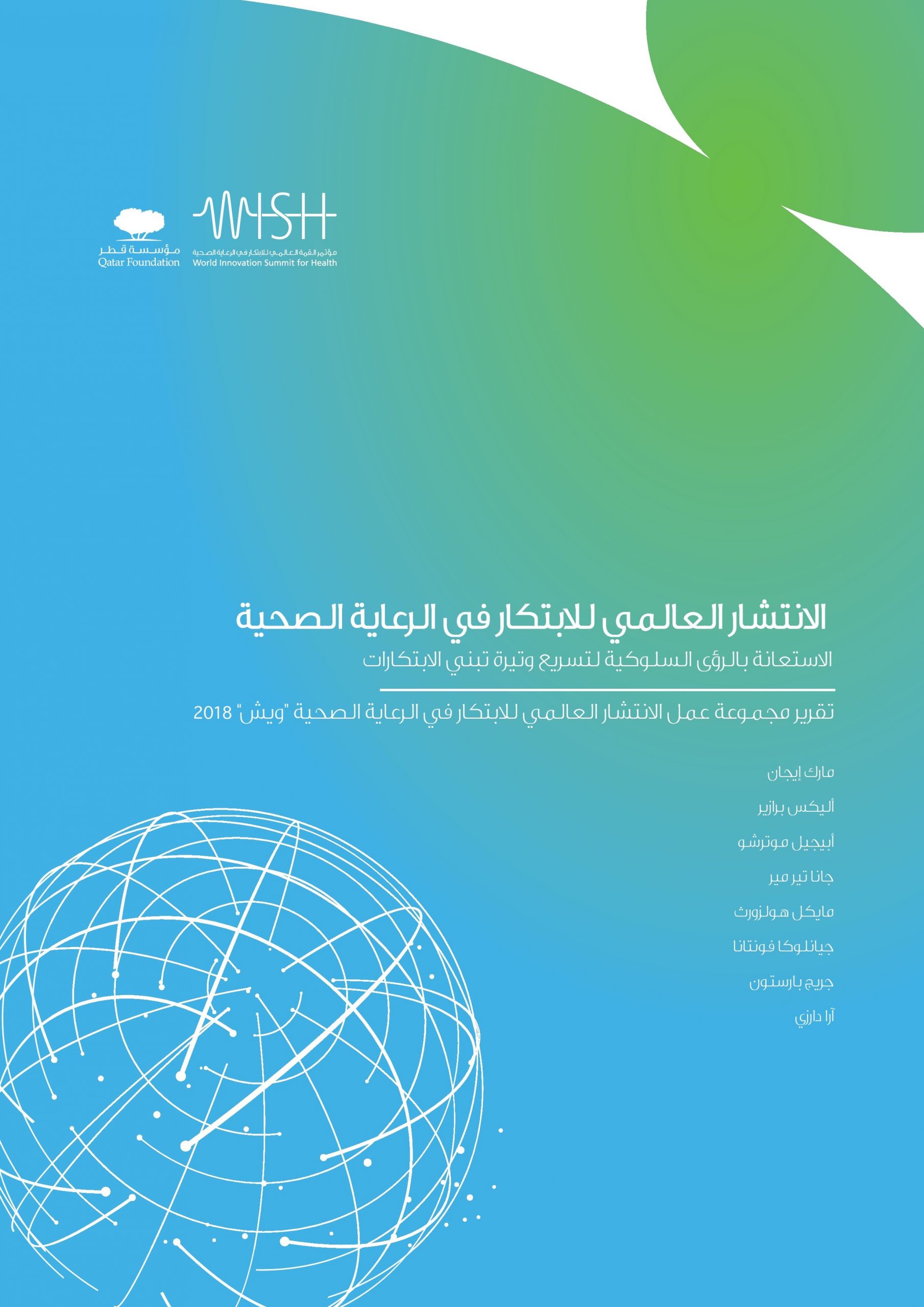ملخص تنفيذي
Building on the ongoing GDHI program, this report examines whether cognitive biases – mistakes in reasoning or judgment – affect the willingness of healthcare professionals to adopt healthcare innovations.
The report first presents two literature reviews which highlight an evidence gap on this topic. It then closes this gap with the results of two online experiments involving 1,824 healthcare professionals (41 percent doctors, 35 percent nurses, 24 percent non-clinical managers) from the US, UK, Germany, Spain and Qatar. These experiments show that:
- Cognitive biases can make healthcare professionals less willing to adopt new healthcare innovations compared to continuing current practice.
- Simple, low-cost graphical and behavioral interventions can reduce the effects of these biases and encourage the take-up of innovation.
Based on these findings, we make six practical recommendations to reduce the effects of these biases and thereby encourage the diffusion of innovation:
- Raise awareness of cognitive bias in innovation take-up.
- Build in ‘breakpoints’ in routine work processes to encourage reflection.
- Strengthen metacognitive skills through training and feedback.
- Structure communications in a way that: a) accepts that healthcare professionals will sometimes use heuristics (rules-of-thumb or problem-solving aids) to evaluate innovations; and b) works with (rather than against) these heuristics.
- Use the types of graphical and behavioral interventions described in this report to reduce bias.
- Test, learn and adapt these interventions to local conditions in order to optimize their effectiveness.
We encourage health leaders and innovation champions to review their existing communication materials and innovation diffusion channels in light of these findings, and to experiment with these intervention templates to address local challenges

